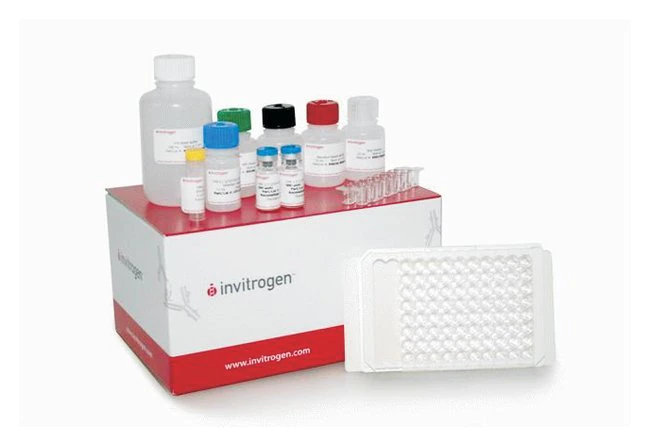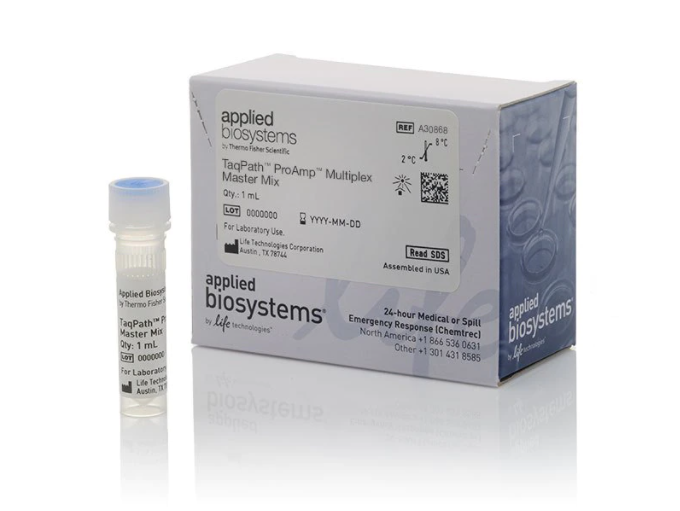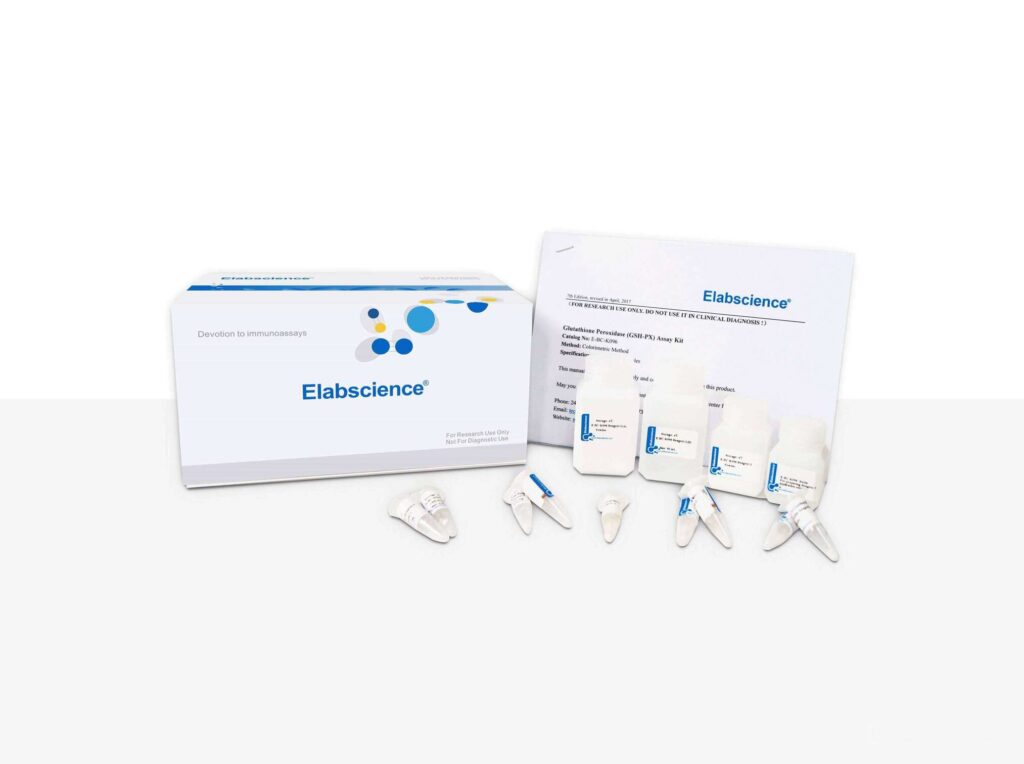Ras Elisa Kit 2nd April 2022 – Tags: ELISA, ELISA kit, ras

RAS ELISA KIT DETECTS
ONLY THE ACTIVE FORM OF RAS
We have developed a series of ELISA kits to detect various RAS (GTPase) proteins in humans (ras elisa kit) . These kits have been developed to detect this protein, which is involved in several signalling pathways and scientific and political processes, in different types of media, including breast fluid, plasma, soot cell fluid, cell culture fluid, textiles and urine.
FEATURES
This Ras ELISA kit is a 1.5-hour slow phase ELISA designed for the quantitative determination of Ras protein. It’s designed for the quantitative determination of human Ras protein. It’s intended to be used for research purposes.
Sensitivity: 3000 ng/well
Contrary to popular belief, Lorem Ipsum is not simply random text. It has roots in a piece of classical Latin literature from
Sample type : serum, plasma and other biological fluids
Contrary to popular belief, Lorem Ipsum is not simply random text. It has roots in a piece of classical Latin literature from
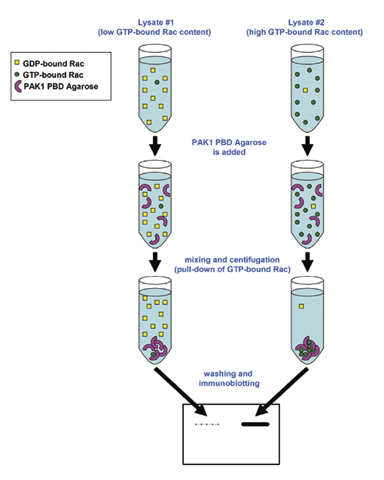
Range: 3000 ng/well - 25000 ng/well
Contrary to popular belief, Lorem Ipsum is not simply random text. It has roots in a piece of classical Latin literature from
Assay type: Sandwich (quantitative)
Contrary to popular belief, Lorem Ipsum is not simply random text. It has roots in a piece of classical Latin literature from
What are Ras ELISA Kit?
Ras ELISA kit is specifically designed for the study of Ras activation and can be used to study novel signalling pathways for Ras activation. The kit can also be used as a diagnostic test to detect oncogenic Ras associated with malignancy.
What are Ras GTPase?
Ras, which is derived from ‘rat sarcoma virus’, is a family of related proteins that are expressed in all animal cell lines and organs. All members of the Ras family of proteins belong to a class of proteins called small GTPases, and are involved in signal transmission within cells (cellular signal transduction). Ras is the prototypical member of the Ras protein superfamily, which are all related in their three-dimensional structure and regulate various cellular behaviours.
Ras ELISA kit detects
only the active form of RAS
Get your test in less than 24 hours
-
Storage at 4°C Stable for 6 months.
-
Reactivity : Human
-
Type Sandwich ELISA
What are Ras GTPase?
Ras family of small GTPases was originally discovered during research into oncogenic retroviruses. Named for their ability to cause sarcoma in mice, the human RAS genes were identified in 1982 and have been the focus of intense cancer research ever since. Subsequent research on Ras revealed many related genes and eventually the discovery of the small GTPase superfamily, consisting of the proteins Rho, Rab, Ran and Arf.
-
Sensitivity: 3000 ng/well.
-
Range: 3000 ng/well – 25000 ng/well.
-
Assay type: Sandwich (quantitative).
-
Sample type : serum, plasma and other biological fluids.
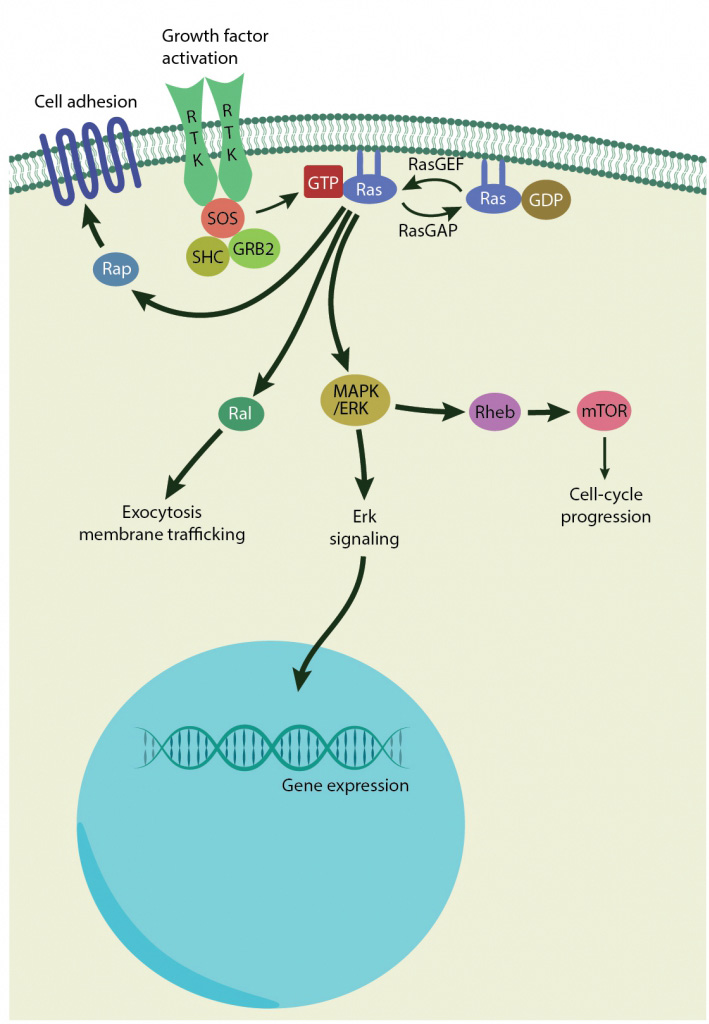
High sensitivity
An enzyme-linked immunosorbent assay (ELISA) for the quantitative detection of human HRAS / H-Ras in plasma, serum and tissue homogenate samples. It is based on the Sandwich test principle and can be used to detect HRAS/H-Ras levels
Principle of ELISA
This ELISA kit uses the Sandwich-ELISA principle. The ELISA microplate provided in this kit has been pre-coated with an antibody specific for human Rac1. Standards or samples are added to the wells of the ELISA microplate and combined with the specific antibody. Subsequently, a biotinylated detection antibody specific for Human Rac1 and an Avidin-Horseradish Peroxidase (HRP) conjugate are added successively to each microplate well and incubated.
The free components are washed away. The substrate solution is added to each well. Only wells containing human Rac1, the biotinylated detection antibody and the Avidin-HRP conjugate will appear blue. The enzyme-substrate reaction is stopped by the addition of the stop solution and the colour changes to yellow. The optical density (OD) is measured spectrophotometrically at a wavelength of 450 nm ± 2 nm. The OD value is proportional to the concentration of Human Rac1. The concentration of Human Rac1 in the samples can be calculated by comparing the OD of the samples to the standard curve.

Frequently asked questions
We’ve developed a series of ELISA kit to detect RAS (GTPase) proteins in humans. These kits have been developed to detect this protein, which is involved in several signalling pathways and scientific and political processes, in different types of media, including breast fluid, plasma, soot cell fluid, cell culture fluid, textiles and urine.
| 3000 NG/WELL – 25000 NG/WELL. | |
| Application | ELISA |
| Sample Type | Serum or plasma |
| 2-8℃ | |
| Sandwich ELISA | |
|
3000 NG/WELL.
|
|
| Precision |
Intra-Assay: CV<8% Inter-Assay: CV<10%
|
- SENSITIVITY : 3000 NG/WELL.
- RANGE : 3000 NG/WELL – 25000 NG/WELL.
- ASSAY TYPE: SANDWICH (QUANTITATIVE).
- SAMPLE TYPE : SERUM, PLASMA AND OTHER BIOLOGICAL FLUIDS.
This procedure is provided for reference only. The product manual may differ slightly. The product must be used as described in the product manual included and delivered with the product.
Equilibrate kit components and samples at room temperature (18 – 25 °C) prior to use. It is recommended to draw a standard curve for each test.
- Place the wells of the standard, test sample and control (zero) respectively on the pre-coated plate and record their positions. It is recommended to measure each standard and each sample at least twice.
- Add 100 µl of each standard, control and sample to the appropriate wells. Seal the plate with a lid and incubate for 1 hour at 37°C.
- Remove the lid and discard the liquid.
- Add 100 µL of detection reagent A working solution to each well. Close plate with lid and incubate for 1 hour at 37°C.
- Remove the lid and discard the solution. Wash the plate three times with 1X Wash Buffer.
- Add 100 µL of Detection Reagent B working solution to each well, seal and incubate at 37°C for 30 minutes.
- Discard the solution and wash the plate 5 times with Wash Buffer as described in the previous step.
- Aliquot 90 µl of TMB substrate into each well. Close the plate with a lid and incubate at 37°C for 10-20 minutes. Avoid exposure to light. The incubation time is given as a guide only, the optimal time should be determined by the end user. Do not exceed 30 minutes.
- Add 50 µl of Stop Solution to each well. Read immediately at 450 nm.
The Ras ELISA kit uses the competitive enzyme immunoassay technique. It is based on the use of a monoclonal antibody to Ras protein and a Ras-HRP protein conjugate. The test matrix and buffer are incubated with the Ras-HRP protein conjugate in a pre-reusable container for one hour. After the incubation period, samples are decanted and washed five times. Then the wells are incubated with a substrate for the HRP enzyme. The product of the enzyme-substrate reaction forms a blue complement. Finally, a water sample is added. Finally, a parachute solution is added to stop the reaction. The intensity of the colour is measured spectrophotometrically at 450 nm in a microplate reader. Microplate reader.
The colour intensity is inversely proportional to the concentration of the Ras protein. Ras ligands and Ras-HRP conjugate are mixed with Ras anti-protein. The intensity of the colour is inversely proportional to the concentration of the Ras protein. Since the number of sites is limited, the more sites are occupied by the machine Ras protein, the fewer sites are available for binding to the conjugated Ras-HRP protein. A linear curve relates the colour intensity (D.O.) to the concentration of the parameters. The concentration of Ras protein in the sample.
The concentration of Ras protein in each sample is calculated from this curve. Principle of the test This kit is based on sandwich immunoassay technology. An antibody is pre-coated on a 96-well plate. Standards, test samples and biotin conjugate reagent are added to the wells and incubated. HRP conjugate reagent is then added and the entire plate is incubated. Unbound conjugates are removed with Wash Buffer in each step. TMB substrate is used to quantify the HRP enzyme reaction.
After addition of the TMB substrate, only wells with sufficient RRAS2 produce a blue coloured product, which turns yellow after addition of the acid stop solution. The intensity of the yellow colour is proportional to the amount of RRAS2 bound to the plate. The optical density (OD) is measured spectrophotometrically at 450 nm in a microplate reader, from which the concentration of RRAS2 can be calculated.





